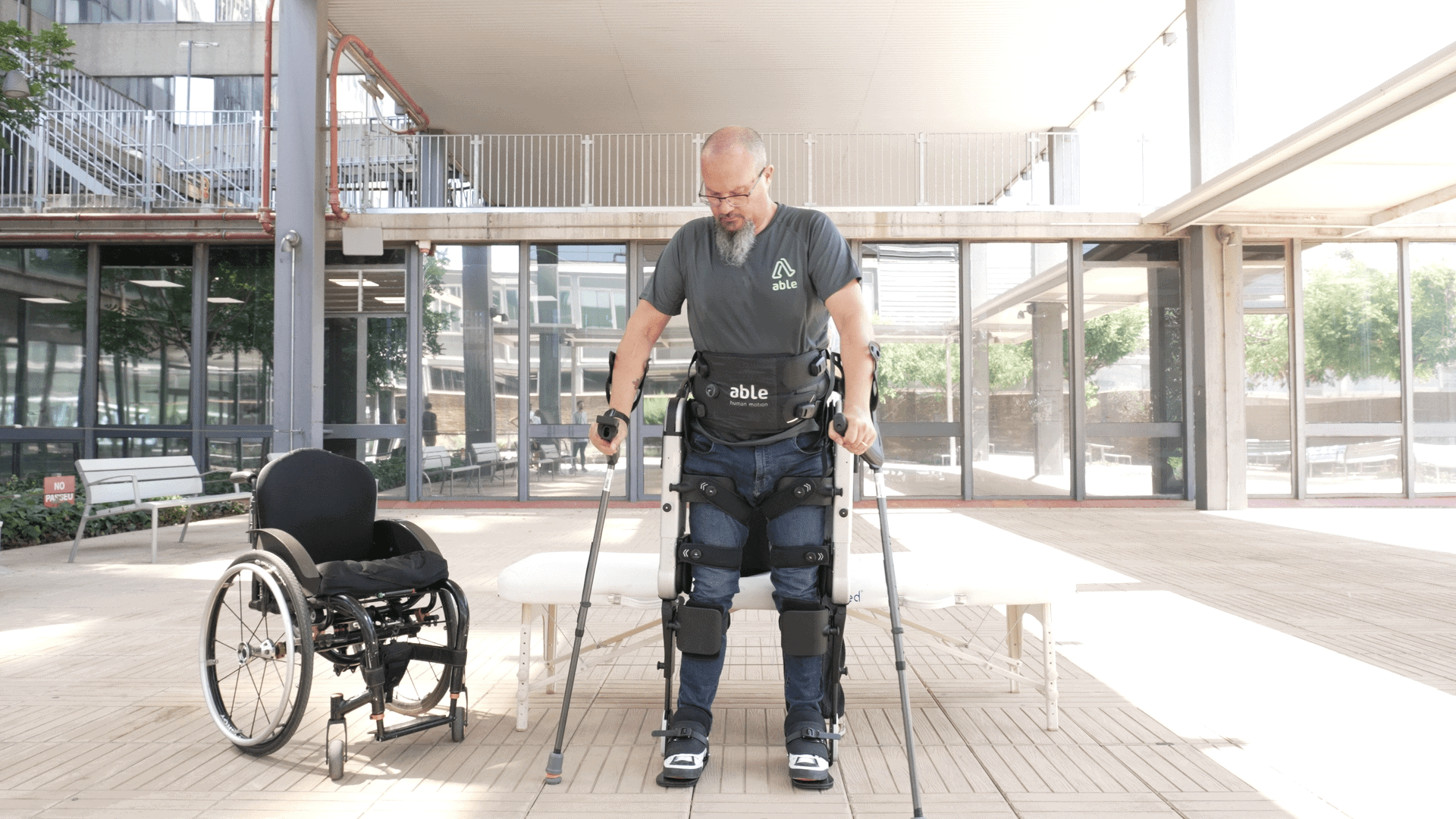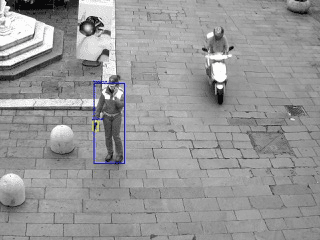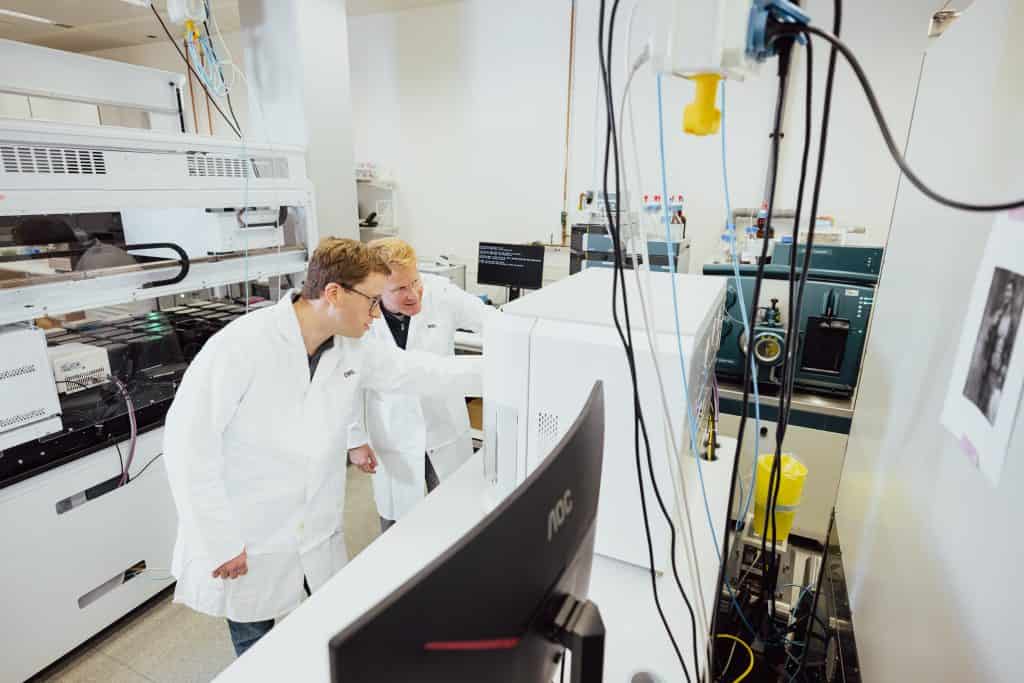
In Toruń (Poland), scientists hope to provide doctors with a tool for fast diagnosis of human diseases. That is why they are building a device to “freeze” the image of eyes.
– The eye is a unique organ. It is the only place in the whole human body where there is direct and non-invasive access to blood vessels through the retina. Therefore, the eye can be a good place for early and non-invasive diagnosis of cardiovascular diseases, such as atherosclerosis and hypertension -explains Dr Anna Szkulmowska, She is CEO and co-founder of AM2M company (http://am2m.com.pl), a spin-off from the Nicolaus Copernicus University in Toruń. Not only that, there is also scientific evidence that we can see the beginnings of neurodegenerative diseases by observing the movements of the eye, she adds.
However, in order for this diagnosis to become an everyday reality in hospitals, doctors must have access to high quality images of this organ. Then, just as an orthopedist assesses a broken leg with an X-Ray, a cardiologist could assess whether patient A would soon have a heart attack, and a neurologist would see if patient B was suffering from Alzheimer’s disease. Dr. Anna Szkulmowska wants to provide a tool for creating these images. Together with her staff and physicists from the Nicolaus Copernicus University, she is working on FreezEye Tracker, an ultra-fast biomedical imaging stabilization system.

Frozen retina
Eye trackers have been in use for nearly a century. Most often it is a type of camera or other sensor which observes the position of the pupil or cornea, i.e. the most external parts of the eye. They are used by specialists in many fields, from marketing specialists, to assess whether the audience liked the new advertisement, to neurologists, in order to communicate with patients with severely paralyzed patients.
FreezEye Tracker’s got another job to do. First, it will observe the retina, which is the deepest part of the eyeball. Secondly, the device is supposed to be a solution to the main problem faced by all those who deal with visual imaging. This concerns the poor quality of images caused by natural eye movements. These subtle movements, which the eye makes all the time and which we are not even aware of, cause images made by optical devices to be ragged with errors. Which makes it difficult to make a diagnosis.
– “During our last project, we wondered what would happen if we were to “freeze” the eye for a while, so that the physiological movements would not interfere with the registration of the photo. Hence the idea for FreezEye, because the device ‘freezes’ the image,” says Dr. Szkulmowska.
The scientists from Toruń achieved the effect of “freezing” by combining two methods of imaging. First, FreezEye determines the trajectory of the eye movement. To do this, it captures 1200 retinal images in one second. For comparison, similar devices available on the market for eye examination produce 20-30 images per second. FreezEye Tracker alsoproduces a lot of images but they are also very small. They’re just fragments.
– “The biggest challenge was determining how much smaller and poorer quality these images could be, so that they would still be suitable for further calculations of the movements” – adds Dr. Szkulmowska.
Then the movement data generated from the small images are factored into the algorithm for the development of a large image. The final result is a “frozen” retinal image, i.e. a large, high quality image that is suitable for diagnostics, which takes the eye movements into account.
Diseases seen in the eyes
Image stabilization is so high that even single blood vessels can be seen. Therefore, the scientists hope that is just another step forward in the ability to detect diseases at a very early stage, when they are just beginning to develop.
“-When doctors are able to examine one specific vessel in the retina and return to the same spot after some time, it will be possible to observe very small changes, e.g. changes in elasticity, changes in wall thickness. This could be a clue that something is wrong with the patient,” explains the scientist.
Neurodegenerative diseases such as multiple sclerosis or Alzheimer’s disease can also be detected from the very outset. According to some hypotheses, the eye is a kind of brain drain. When the myelin sheaths in the brain start to deteriorate, the eye may start to move differently. The physicists from Toruń hope that FreezEye Tracker will help to observe these characteristics of eye movements. – Then it will be possible to classify that if the trajectory of motion is such and such, the patient is healthy. If the trajectory changes, it means that there is a neurodegenerative disease starting in the patient,” says Dr. Szkulmowska.
Next year, real time
FreezEye Tracker is still under development, but the scientists have succeeded in the most important thing for them. – We showed that our idea was the right one: the device works, we already take photographs with it,” says the physicist.
For the time being, you have to wait a little while for the retinal images, because the device does not work in real time yet. Toruń’s scientists must first do more reseaarch, and the finished image is developed in post-production. There is also some other technological work to do, but that’s all set to end next year.
– We assume that by the end of 2020, the device will work in real time. On the basis of preliminary analyses of data from patients, even if only from healthy people, we will know or at least suspect what properties of the blood vessel we intend to observe – says Dr. Szkulmowska.
And then?
– “I imagine that we ought to manufacture a number of these devices and place them in several good clinics in order to collect as much data as possible. What parameters of the image should be combined with the medical conditions, and determine in practical terms which application will be the most useful,” – says Dr. Szkulmowska.
But that’s a job for the doctors.
Need more inspiration? Check all our start-ups of the day!







